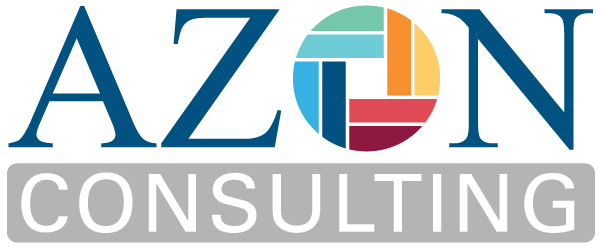
In the age of Diversity and Inclusion it is easy to be confused or overwhelmed with what matters. Do we count the numbers or not, if we have numbers then what’s the problem? What is the difference between Diversity and Inclusion? Is there a difference or is one the subset of another? What is it that you do? Do we still have problems with Diversity?
In all honesty these are the questions I get on a regular basis. For some we are at what I call Diversity 501 and for others we are at Diversity 101. Does it really matter any more? Yes. Because as the world and the way we interact in it gets smaller and smaller, we are going to be expected to interact with that world in a way that is respectful of differences. We have to start somewhere.
So, does what we see matter? Absolutely, especially for those you are trying to advance and retain. While increasing the numbers alone may improve your diverse recruitment it will not impact long term retention because without diversity at all levels of your organization, the possibility for advancement is clear…there is none. Thus, your diverse talent will be up and out before you can build a critical mass.
It is human nature to want to see people who look like you in positions you want to attain. I have asked my staff over the years, how many of them have worked for someone who looks like me, a short, African American woman? Not one ever had, and most probably never will again. But as with most women of color, I am tired of being the exception and not the rule.
Talent begets talent, of all backgrounds, which is why it’s so important to have real diversity among those in leadership roles. But it is equally important to realize that people of color are not monolithic. In no way do I mean to suggest that people of color are all alike, or that you should lump me together with the only other Black person and think you’re promoting diversity. As I explain to my majority colleagues, “You do not like all the co-workers who look like you, well neither do I”.
So where do we begin? By creating an inclusive environment. A place where talent is not just expected to adapt to the dominant culture but where everyone can bring their authentic self and know that they will not be penalized! A place where all members of the team can truly learn from one another. I know it sounds “Pollyannaish” but if you are not willing to adapt to different cultures, work styles and modes of communication, you are setting yourself up not only for a loss of revenue, but a lack of employee engagement and innovation, all of which really matters!
